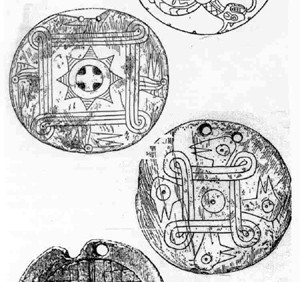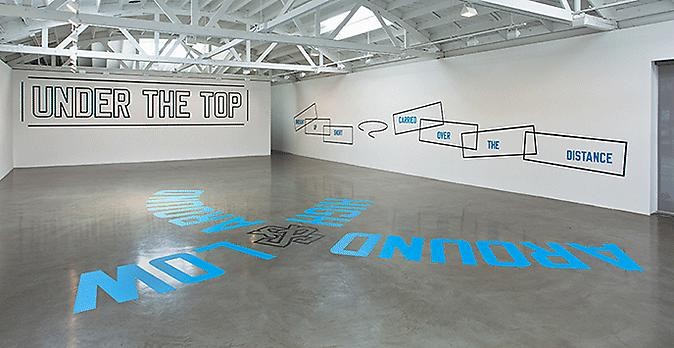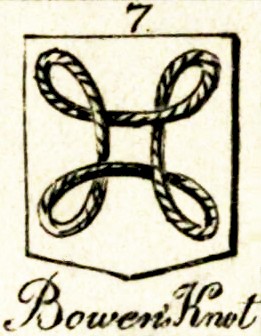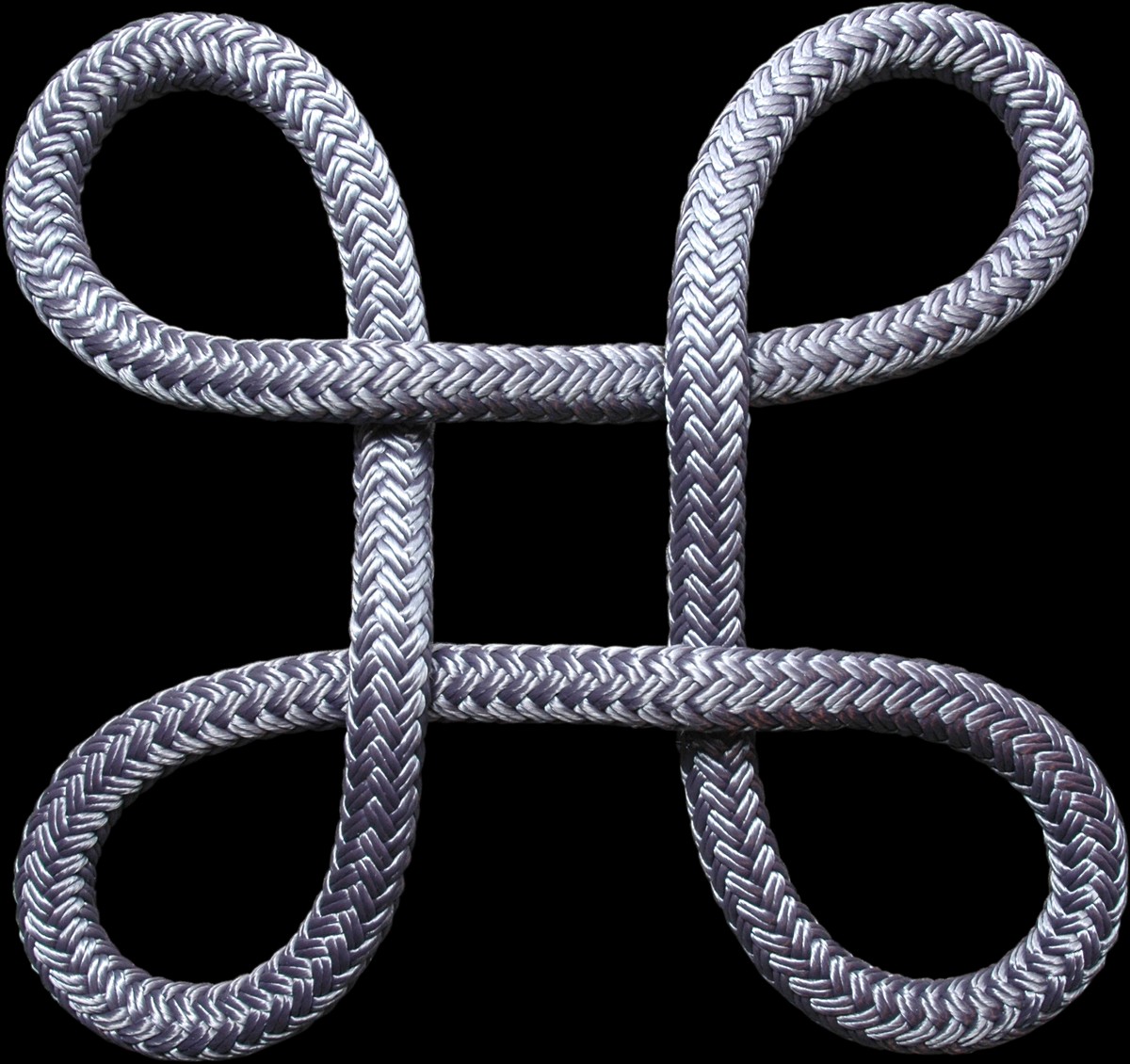syn·site
1: CONVERGING. Any experience, exchange, environment, observation, object, or relationship of objects crystallized in a networked space — whether actual or virtual — distinguished by an equation of universal and specific inputs.
2: EXPANDING. A compounding reconfiguration of distilled fragments — fragments of selves, sites, and associations. It activates at the intersection of the specific and the abstract, the internal and external, the actual and the virtual, the organic and the synthetic. It is at once artwork and network, space and memory. Realized, it approximates a crystallized, collaborative consciousness. » Christine aspires to create a grand web-based SYN-SITE: a metaphorical Texas.
< ORIGIN > The SITE/NON-SITE theory of Robert Smithson, revisited in light of today's NETWORK AESTHETICS. < CAVEAT > FAULT LINES may fracture the crystallized consciousness.
1: CONVERGING. Any experience, exchange, environment, observation, object, or relationship of objects crystallized in a networked space — whether actual or virtual — distinguished by an equation of universal and specific inputs.
2: EXPANDING. A compounding reconfiguration of distilled fragments — fragments of selves, sites, and associations. It activates at the intersection of the specific and the abstract, the internal and external, the actual and the virtual, the organic and the synthetic. It is at once artwork and network, space and memory. Realized, it approximates a crystallized, collaborative consciousness. » Christine aspires to create a grand web-based SYN-SITE: a metaphorical Texas.
< ORIGIN > The SITE/NON-SITE theory of Robert Smithson, revisited in light of today's NETWORK AESTHETICS. < CAVEAT > FAULT LINES may fracture the crystallized consciousness.
SYN (along with, at the same time | from Greek SYN, with | ~SYNTHETIC) + SITE (N: point of event, occupied space, internet address; V: to place in position | from Latin SITUS, location, idleness, forgetfulness | ~WEBSITE ¬cite ¬sight), cf. SITE/NON-SITE (from Robert Smithson, A PROVISIONAL THEORY OF NONSITES, 1968)
site (n.)
. . . directly from Latin situs "a place, position, situation, location, station; idleness, sloth, inactivity; forgetfulness; the effects of neglect," from past participle of sinere "let, leave alone, permit."
site (n.)
. . . directly from Latin situs "a place, position, situation, location, station; idleness, sloth, inactivity; forgetfulness; the effects of neglect," from past participle of sinere "let, leave alone, permit."
site (n.)
. . . directly from Latin situs "a place, position, situation, location, station; idleness, sloth, inactivity; forgetfulness; the effects of neglect," from past participle of sinere "let, leave alone, permit."






With only a few days left before deadline, the team's bitmap artist Susan Kare started researching for the Apple logo's successor. She was browsing through a symbol dictionary when she came across the cloverleaf-like symbol, commonly used in Nordic countries as an indicator of cultural locations and places of interest [...] Kare states that it has since been told to her that the symbol had been picked for its Scandinavian usage due to its resembling the shape of a square castle with round corner towers as seen from above looking down.
With only a few days left before deadline, the team's bitmap artist Susan Kare started researching for the Apple logo's successor. She was browsing through a symbol dictionary when she came across the cloverleaf-like symbol, commonly used in Nordic countries as an indicator of cultural locations and places of interest [...] Kare states that it has since been told to her that the symbol had been picked for its Scandinavian usage due to its resembling the shape of a square castle with round corner towers as seen from above looking down.
With only a few days left before deadline, the team's bitmap artist Susan Kare started researching for the Apple logo's successor. She was browsing through a symbol dictionary when she came across the cloverleaf-like symbol, commonly used in Nordic countries as an indicator of cultural locations and places of interest [...] Kare states that it has since been told to her that the symbol had been picked for its Scandinavian usage due to its resembling the shape of a square castle with round corner towers as seen from above looking down.











